Unsung Pioneer
How Kina Erath helped shape Oregon's wine industry
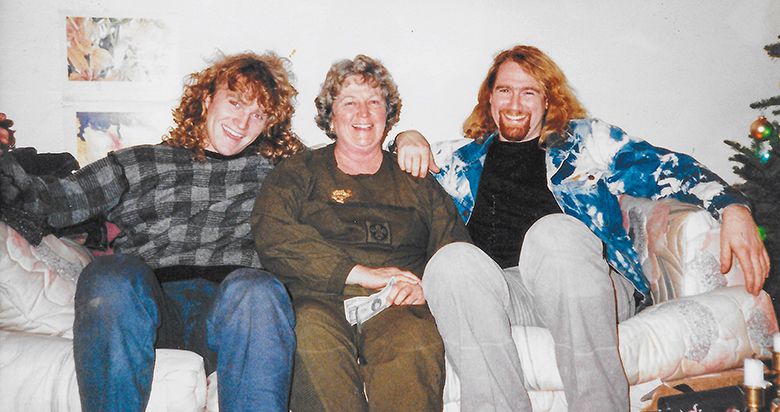
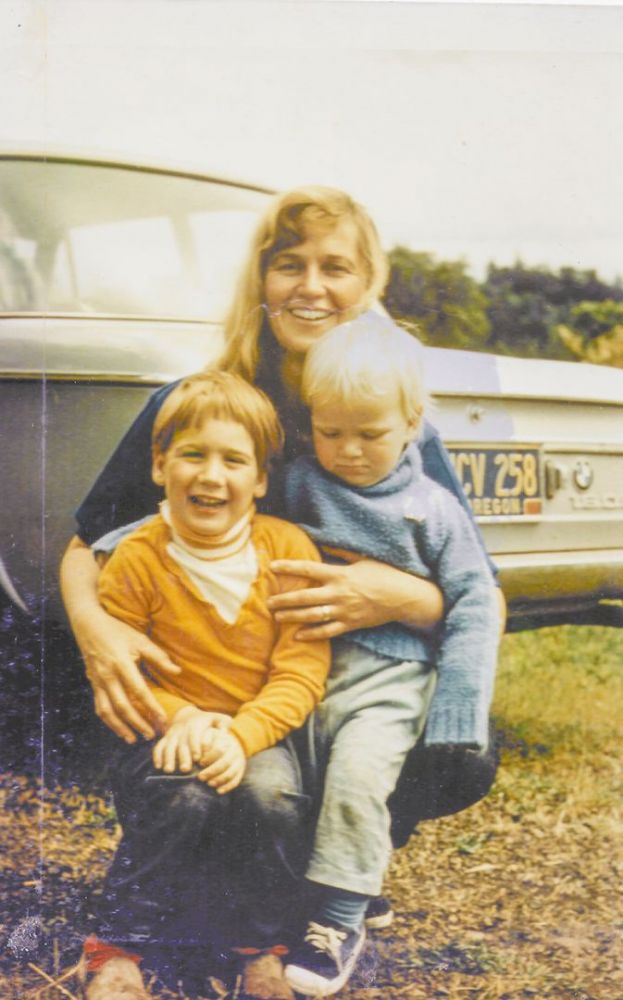
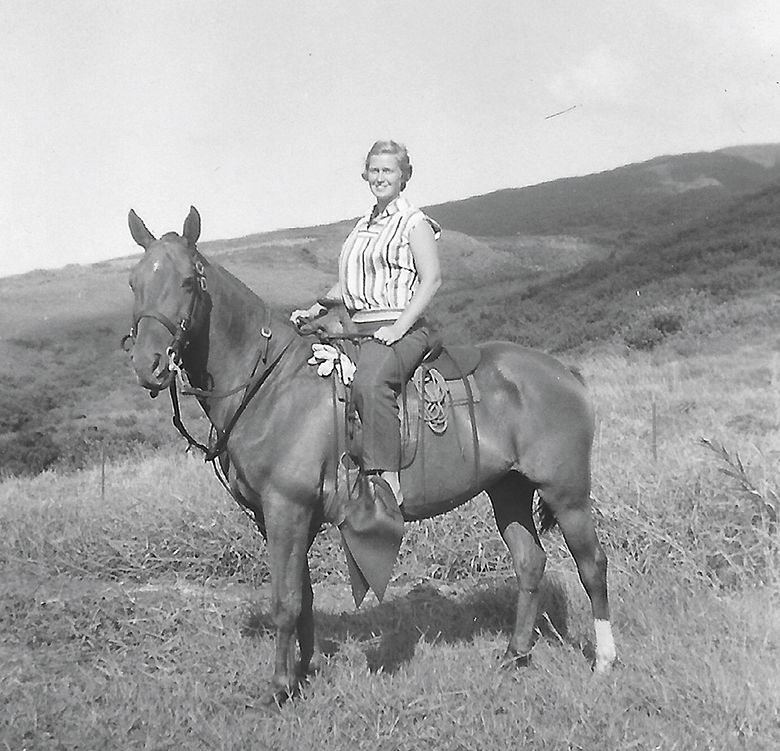
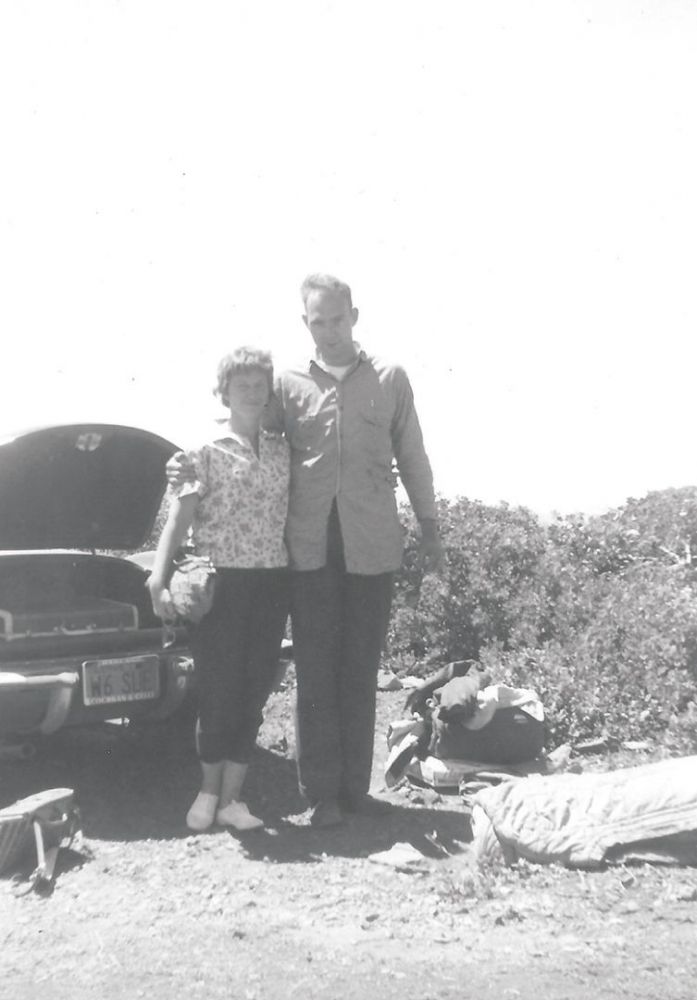
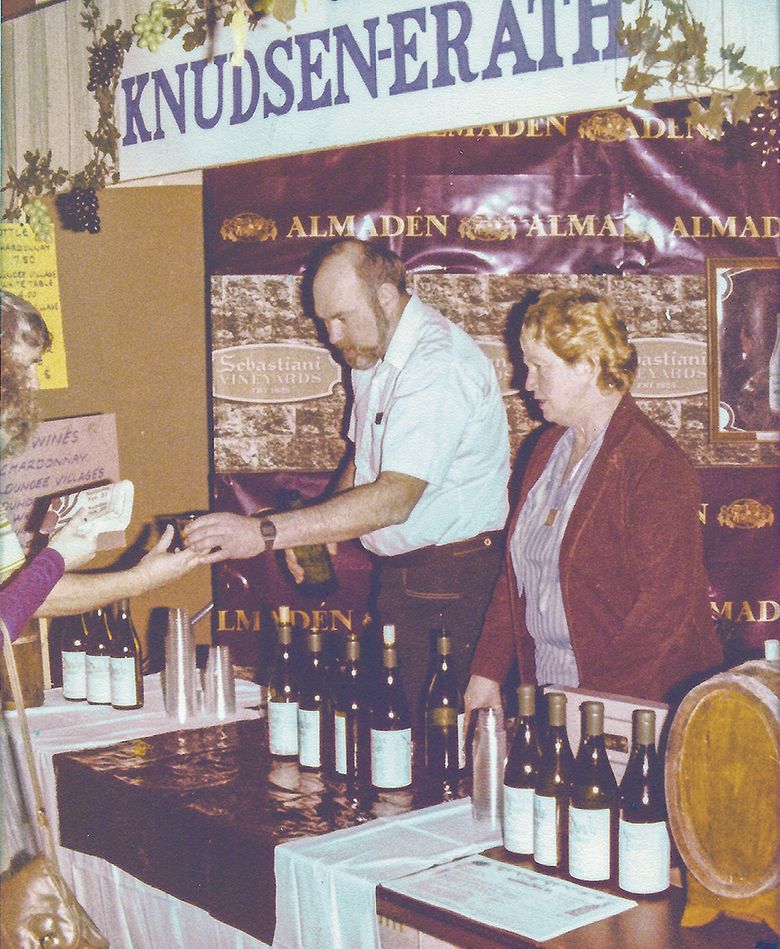
By Kerry McDaniel Boenisch
I grew up on one of the first commercial vineyards in the state– McDaniel Vineyards, now known as Torii Mor. I was fortunate to see the tremendous multitasking feats a small group of early grape-growing women performed daily in our Dundee Hills neighborhood. During the meteoric rise of the Erath-Knudsen Winery, Kina Erath stood shoulder-to-shoulder with husband Dick. She provided viticultural duties, tasting room and marketing management until they divorced in 1987. This is her story.
“I did everything Fred did, only backward and in high heels.” - Ginger Rogers
"My mom worked with my dad from the very beginning doing almost everything he did– planting vines, trellising, operating equipment, managing the crew… the list was endless, relentless and ongoing. But she still managed to make sure we were fed and cared for. Despite performing monumental agricultural feats, remarkably she never raised her voice," said Erik Erath.
Joan Marie Butler, known by the name Kina, met Richard Erath in a Berkeley German language night class. The pair married in 1961 and spent weekends camping, discovering fine wines of Northern California in the process, and sparking a mutual interest in growing their own grapevines.
Kina was born in Hawaii and pursued adventure from an early age. According to son Erik, she quickly adopted the name “Kina,” the Hawaiian equivalent of Joan. He recalls his mother's first love was riding and jumping horses. She learned riding from Hawaiian cowboys. After college, she traveled to Germany and taught at a U.S. military base. Kina continued her equestrian pursuits, while also studying philosophy and traveling. During her youth, Kina put off the traditional convention of settling down and raising a family.
By 1967, Kina had embraced family life in a comfortable Beaverton ranch home with one young son and another on the way. However, the following year, she and Dick moved again, this time to a dilapidated Chehalem Mountains miner’s shack with no insulation, a malfunctioning, smoke-spewing oil stove and a dirt-floored playroom for the boys.
"Serendipitous was one of Kina's favorite words. And that's how my friendship and working relationship with Kina began," said Martha Maresh, who operates Arterberry-Maresh, with husband Steve Mikami and son, winemaker Jim Maresh.
Martha recalled the first time she met Kina, in 1968. She heard a knock on the farmhouse door and went downstairs to find a bearded, burly man with rolls of papers tucked under his arm and a pretty woman with long strawberry-blonde hair partially coiled into a bun over her right ear– Dick and Kina Erath. They had come to persuade her parents to plant Pinot Noir, Chardonnay and Riesling on their slopes occupied by prune, walnut and cherry trees.
Martha described how Dick unfurled his maps of Burgundy and German wine-growing regions with latitudes, climates, elevations and other data that he compared with maps of the Dundee Hills. The foursome discussed the farming history of the orchards and why Erath hoped to convince the Maresh family to plant vines. Dick and Kina recognized the potential of producing fine wines from the red soil of the south-facing hills. Martha’s parents were sitting on “three hundred tons of unsold prunes at three cents a pound” so they decided growing grapes may not be any worse. The next summer, the Maresh family cleared three acres of Italian prunes, making space for a vineyard. In spring of 1970, they planted Pinot Noir and Riesling–the first vineyard on Worden Hill Road and the fifth vineyard in Oregon.
The following year, to realize their grape growing and winemaking dream, Dick and Kina moved into their Dundee Hills home and vineyard site with young sons, Erik and Cal.
Page Knudsen Cowles said, “In 1971, my mother and father, Cal and Julia Lee Knudsen, bought land on Worden Hill Road. That summer Dick Erath and my dad worked together preparing the ground for grapevines. Very shortly thereafter, it became Knudsen Vineyards. Part of their deal was that my parents would provide a home on the property in which Dick, Kina, and their boys could live,” said Knudsen Cowles. “Kina was a quiet, gentle person who always welcomed me and my family whenever we visited.”
With a newborn on her hip and a three-year-old in tow, Kina planted grapes at their nearby vineyard site on Dopp Road. As the young vines took root, Martha would sometimes meet Kina in their vineyards. Kina would teach Martha how to care for the vines: two bud pruning became two spur pruning, then shoot thinning of the young trunks to encourage growth into the future fruiting canes. As the plants and we kids grew, Kina demonstrated more seasonal vine care with patience and understanding. We all learned together how to grow grapes.
Erath's first label, naturally named Erath Vineyards, was created in 1972 with grapes from the couple's Chehalem Vineyard, located on Chehalem Mountain. Between her endless viticultural duties, including tying, pruning and suckering vines, Kina also drove Oliver, an ancient tractor crawler. It wasn’t unusual to find her on the production side– bottling or labeling, often putting in twelve-hour days alongside Dick.
In 1974, with Kina and Dick's help, the Mareshs harvested Pinot Noir and Riesling. They drove the fruit to the Erath's newly built log home at Knudsen Vineyards. Dick made wine in the garage with grapes grown at Chehalem Vineyard, Maresh Red Hills Vineyard and soon after, Knudsen Vineyard. The following year, Dick formed an industry partnership with Cal and Julia Lee Knudsen, creating the Knudsen-Erath Winery and brand. Erik smiled as he recalled, “My dad was employed as winemaker by Knudsen for the princely sum of $14,000 a year. You know, I’m not even sure if my mom got paid for her work.”
With Martha’s assistance, Kina opened the Knudsen-Erath tasting room in 1976, selling wine made from grapes she planted, tended and harvested. Kina was an easy-going employer, always caring and positive with all ‘her ladies’– a close group of young and older women.
“Kina and I had a ritual every weekend morning. We’d roll up the garage doors, stand outside admiring the view of the hills and valley and say ‘Now, let's see who comes today,’” said Martha.
And people did. Martha recalled a summer she and Kina always laughed about when the Eraths promoted the tasting room by agreeing to be a checkpoint spot for a Harley Davidson rally. For three months, they listened to the low thrum of motorcycles slowly ascending the long, winding, dusty gravel road to the tasting room, for a stamp on their rally ticket. While only occasionally sampling wine, riders regularly expressed their frustration at locating a rally checkpoint down a lengthy, unpaved road.
Still, Kina persevered, opening the tasting room daily and organizing winery events that fostered a budding wine club and secured grocery store placements throughout the Pacific Northwest.
“The men became famous winemakers. But, without the women and Hispanic vineyard workers, they never would have made it. There was an awful lot of pressure, but Kina always managed to stay level-headed,” said Larry Chadwick, who worked with Kina in the early 1980s as the winery's first marketing director.
Soft-spoken, intellectually curious and a natural educator, Kina introduced consumers attending burgeoning wine events including the Newport and Astoria seafood festivals. Iconic restaurants like Salty's in Portland and McMinnville’s Nick's Italian Cafe now stocked Knudsen-Erath Pinot Noir, Chardonnay, Riesling and “Coastal Mist,” a popular Pinot blend.
Her instructional topics are now commonplace– like educating consumers on the climate parallels between the Willamette Valley and Burgundy. Kina enjoyed describing the nuances of balanced acidity in Riesling and Chardonnay and encouraged people to view wine as a beverage to pair with food. One of her famous sayings claimed, “Coastal Mist was a hot tub wine and Pinot Noir a fireplace wine.”
Kina's pivotal role helped place Knudsen-Erath at the forefront of rising Oregon wineries. She stood alongside other wine women: Nancy Ponzi, Ponzi Vineyards; Virginia Fuller, Tualatin Estate; Diana Lett, The Eyrie Vineyard; Patricia Campbell, Elk Cove Vineyards; Susan Sokol Blosser, Sokol Blosser Winery; Marj Vuylsteke, Oak Knoll Winery; Vicky Weddle, Amity Vineyards; along with Pat Dudley and Marilyn Webb of Bethel Heights.
“Kina was a gentle, kind, generous, lovely woman with a warm smile and genuine laugh. She is remembered fondly by many friends and acquaintances to this day,” Martha reminisces.
By 1987, Knudsen-Erath was Oregon’s biggest winery and counted among the largest national producers of Pinot Noir. Kina Erath played a pivotal, albeit largely untold, role in the spectacular rise of the trailblazing Oregon brand.
Kerry McDaniel Boenisch is an author, speaker, wine judge and "Wine Sisters Cheers to Change" Vlog co-host with Atlanta, Georgia Corks and Cuvee wine store owner Regina Jones Jackson. She is currently working on her fourth book, Fall Down, Stand Up, Learning From Loss Amidst the Vines— The Beginners Guide to Grieving, Empty-nesting and Finding Joy, due out this fall. Her three books are Vineyard Memoirs (2004), Dirt+Vine=Wine (2015) and Intertwined— Grief, Gratitude and Growing a Vineyard (2019).










